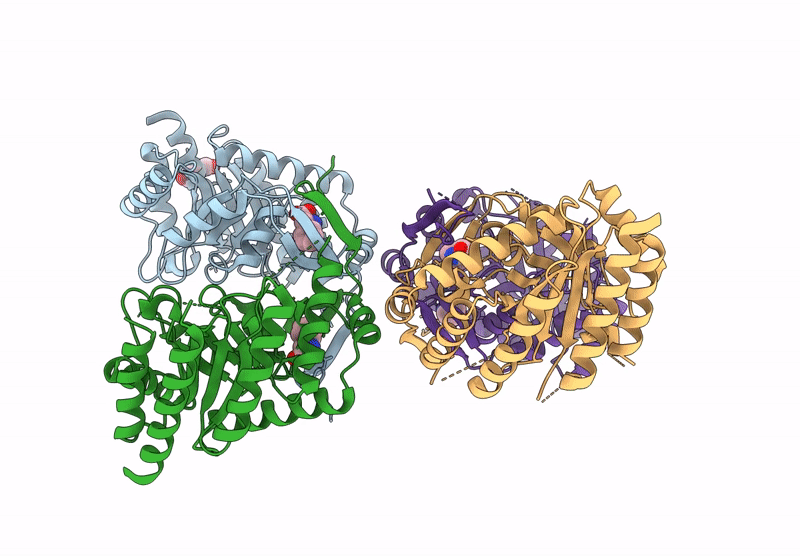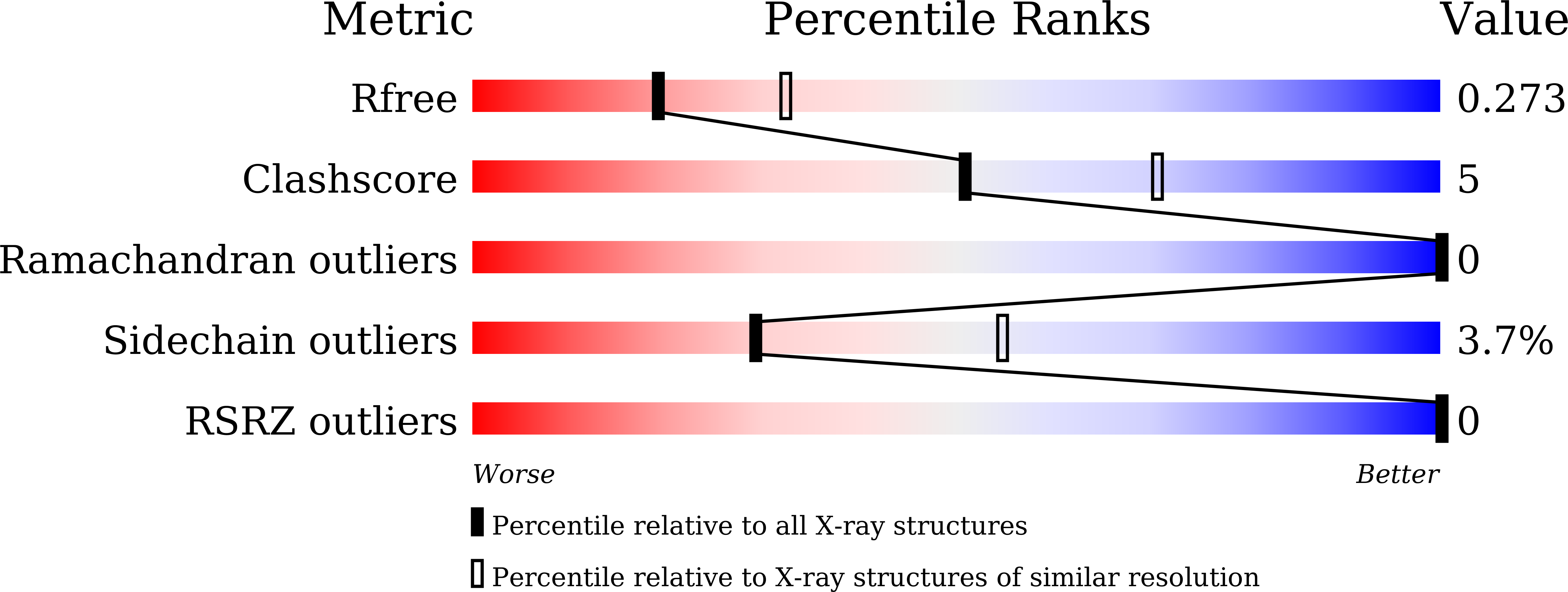
Deposition Date
2024-08-19
Release Date
2025-01-22
Last Version Date
2025-01-22
Entry Detail
PDB ID:
9J7S
Keywords:
Title:
Crystal structure of 3-deoxy-D-arabino-heptulosonate-7-phosphate synthase (DAHP synthase) from Providencia alcalifaciens complexed with Phe
Biological Source:
Source Organism:
Providencia alcalifaciens (Taxon ID: 126385)
Host Organism:
Method Details:
Experimental Method:
Resolution:
2.50 Å
R-Value Free:
0.26
R-Value Work:
0.23
R-Value Observed:
0.23
Space Group:
P 1 21 1


